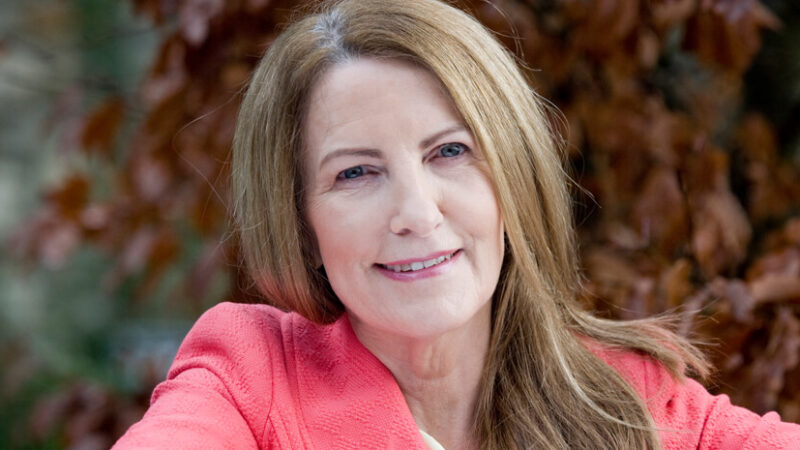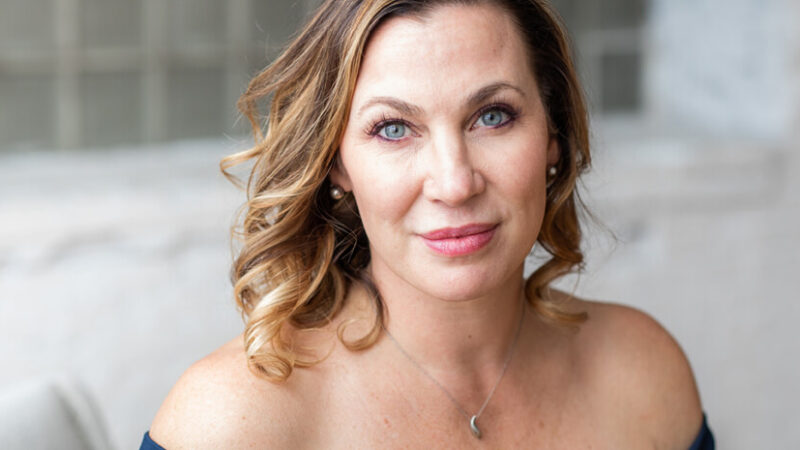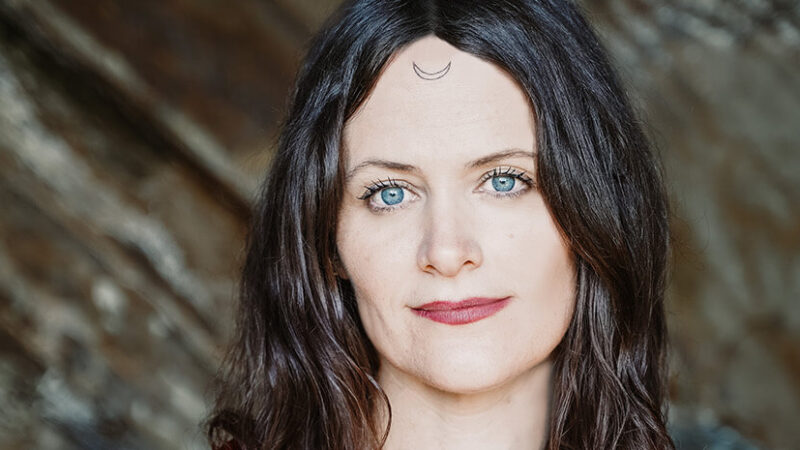-
E117: The Real Work: Letting Go from Within
Michael Singer — October 2, 2025
True spirituality isn’t about mystical experiences or lofty ideals—it’s about honestly facing...
-
Once More: Reflections on Reincarnation and the Gap Between Lives
Tami Simon — September 26, 2025
In this special reflection episode of Insights at the Edge host Tami Simon looks back on her...
-
Honey Tasting Meditation: Build Your Relationship with Sweetness
There is a saying that goes “hurt people hurt people.” I believe this to be true. We have been...
Written by:
Amy Burtaine, Michelle Cassandra Johnson
-
Many Voices, One Journey
The Sounds True Blog
Insights, reflections, and practices from Sounds True teachers, authors, staff, and more. Have a look—to find some inspiration and wisdom for uplifting your day.
Standing Together, and Stepping Up
Written By:
Tami Simon -
The Michael Singer Podcast
Your Highest Intention: Self-Realization
Michael Singer discusses intention—"perhaps the deepest thing we can talk about"—and the path to self-realization.
This Week:
E116: Doing the Best You Can: The Path to Liberation -
Many Voices, One Journey
The Sounds True Blog
Insights, reflections, and practices from Sounds True teachers, authors, staff, and more. Have a look—to find some inspiration and wisdom for uplifting your day.
Take Your Inner Child on Playdates
Written By:
Megan Sherer
600 Podcasts and Counting...
Subscribe to Insights at the Edge to hear all of Tami's interviews (transcripts available, too!), featuring Eckhart Tolle, Caroline Myss, Tara Brach, Jack Kornfield, Adyashanti, and many more.
Most Recent
Lorna Byrne: Knowing Yourself as a Spiritual Being
There is a material world we can touch with our hands and see with our eyes. And as Lorna Byrne assures us, there is also a spiritual world that is just as real—one that most of us have forgotten how to see. How might your life change if you were to reclaim your own “spiritual sight”? What would happen if you lived with a direct knowing of yourself as both a physical and a spiritual being?
In this podcast, join Tami Simon for a fascinating conversation with the bestselling author of Angels in My Hair: The True Story of a Modern-Day Irish Mystic, as Tami and Lorna talk about realizing your connection to your own soul—and embracing the “intertwining” of your human and divine aspects; the universal question, What happens when we die?; guardian angels; self-love and accepting yourself as you are; working with fear and doubt; learning not just to look but to see; the cost of denying the existence of the spiritual realm; the gift of life; ceasing judgment and freeing the love within us; prayer, asking for help, and taking action; our childlike, innocent nature; seeing through the eyes of your soul; questions, answers, and all that is beyond comprehension; envisioning a positive future; and more.
Note: This episode originally aired on Sounds True One, where these special episodes of Insights at the Edge are available to watch live on video and with exclusive access to Q&As with our guests. Learn more at join.soundstrue.com.
Ruby Warrington: Women Without Kids
Whether or not to become a parent is a central question in life. There are many factors that influence the decision, some of which are out of our control. Yet foregoing motherhood, for any reason, can lead to painful stigmatization and conflict (within and without).
In this podcast, Tami Simon speaks with thought leader and author Ruby Warrington, about her profound book Women Without Kids: The Revolutionary Rise of an Unsung Sisterhood—and the long-overdue conversations we need to begin having as a society around this complicated topic. Tune in for a rich discussion of: the motherhood spectrum; the interwoven nature of choice and circumstance; the lack of support for—and the devaluing of—mothering in overall society; the global slowdown in reproduction rates for the past century; the concept of a birth strike; making peace with your choice to remain childless; fulfillment and being true to oneself; generativity and our sense of legacy; the “existential FOMO” that childless women may encounter; the complicated—and not always unconditional—love between a parent and child; regretting motherhood; the unfinished work of the feminist movement; healing the false divide between moms and non-moms; and more.
Give Yourself Permission to Take Up Space
Dearest Friend,
We live in a world full of deadlines. Alarms. Screaming kids. Nagging bosses. More on our to-do lists than we could accomplish in three lifetimes. It’s easy for your needs to get buried underneath the rubble of daily life, and figuring out how to reconnect with your authentic self can feel touch and go… at best.
I wrote Needy: How to Advocate for Your Needs and Claim Your Sovereignty to lovingly provide the space for you to better understand your needs, experiment with new habits that help you meet those needs each day, and build a resilient connection with yourself that you can rely upon for good.
You have needs—your needs matter. And yet, you’ve been taught that pushing your needs to the back burner is the only way to get things done, that your needs are an overwhelming burden, or that self-care is a luxury you can’t afford. But the presence of your needs is a fact and not a flaw. You can reclaim your energy and give yourself permission to take up space in the center of your own life.
In Needy, I share my unique approach to identifying, honoring, and advocating for the most tender and true parts of yourself that yearn to be acknowledged. It is an invitation to embody self-acceptance, which leads to meaningful growth in self-responsibility, self-care, self-trust, and self-love.
This book will be a delicious companion for your journey, but you actually can begin caring for yourself with greater tenderness and open communication right now.
I invite you to take the next three minutes to check in with yourself.
Put down your phone, close your computer, and put your hand on your heart.
Breath deeply into your belly and ask yourself:
How do I feel?
What do I need?
What does my body need from me?
What is ONE, doable need that I am ready, able, and willing to meet?
Real self-care is responsive, not prescriptive. The care you are aching for right now will be found in asking yourself those four questions. Give yourself permission to start with one, tangible action.
And repeat as necessary.
Need more? I will see you between the pages of Needy. I am so grateful to be able to share this book with you, and I hope you will share it with the humans in your life who struggle to take up space in this way.
xx Mara
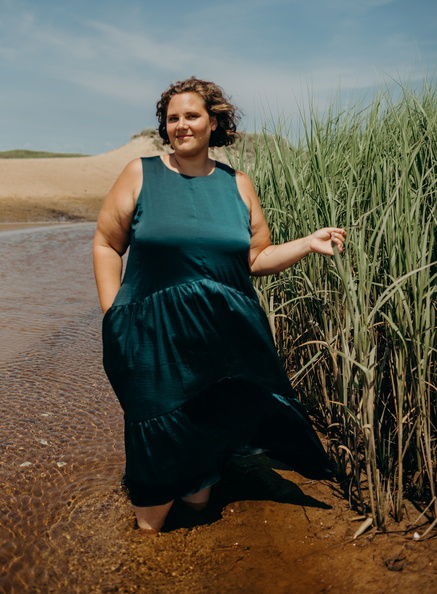
Mara Glatzel, MSW, (she/her) is an intuitive coach, writer, and podcast host. She is a needy human who helps other needy humans stop abandoning themselves and start reclaiming their humanity through embracing their needs and honoring their natural energy cycles. Her superpower is saying what you need to hear when you need to hear it, and she is here to help you believe in yourself as much as she believes in you. Find out more at maraglatzel.com.
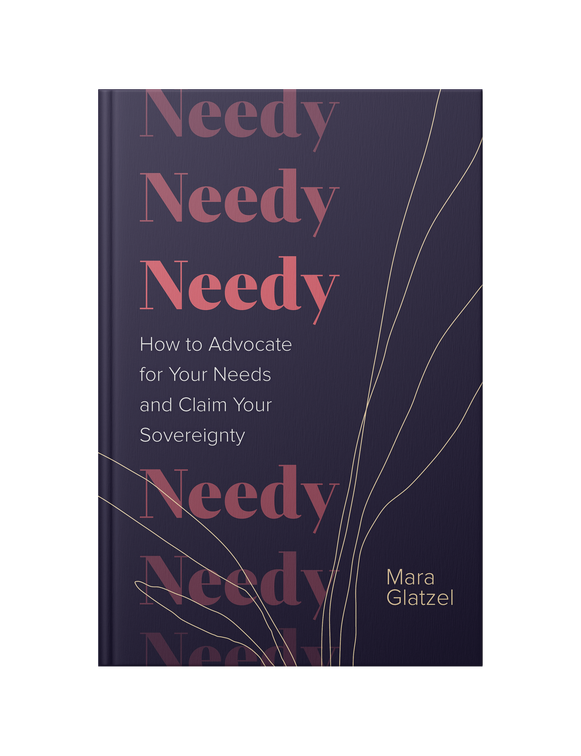
Learn More
Amazon | Barnes & Noble | Bookshop | Sounds True
Customer Favorites
Justin Michael Williams, Shelly Tygielski, and Mario V...
The end of racism—really? When your eyes stop rolling, tune in to this podcast to hear why it’s actually possible—in our lifetimes—to free our society from systemic racial oppression and injustice. In part one of this episode of Insights at the Edge, Tami Simon speaks with Justin Michael Williams and Shelly Tygielski about their new book, How We Ended Racism. In part two, filmmaker and activist Mario Van Peebles joins the conversation to share his own hope-giving perspective.
This stirring and uplifting podcast explores the five assumptions that perpetuate racism; the eight pillars of possibility; the pledge to help end racism; how our inner work relates to the outer change that we’re working toward; assertion versus assessment, and learning to recognize our own biases; shadow work and confronting the concept of supremacy; taking action where we’re standing right now; “loving with bigger arms”; crossing the divide within families; the metaphor of the inherited house; the practice of calling forward; intraconnection; the link between exposure and empathy; the SUSS process: State, Uncover, Synergize, and Select; and more.
Note: This episode originally aired on Sounds True One, where these special episodes of Insights at the Edge are available to watch live on video and with exclusive access to Q&As with our guests. Learn more at join.soundstrue.com.
When Grief Lands with Love
Join Sounds True’s founder, Tami Simon, in this compassionate podcast with Dr. Sherry Walling about her new book, Touching Two Worlds, as they discuss navigating the duality that exists on the opposite spectrums of our lives, the healing practice of writing about our experiences of grief, overcoming the stigma and silence around suicide, the just-world hypothesis and how traumatic events change our view, accepting limitations in life while taking responsibility for finding our own sense of meaning, accessing a sense of calm and grace to release the unresolved shock of grief, finding closure versus finding the place “where grief lands with love,” and more.
The Archetypal Journey from Maiden to Mother
Sarah Durham Wilson is a women’s rites of passage leader and author who previously worked as an arts and music writer for Rolling Stone, Vanity Fair, and Interview magazines. Her offerings are rooted in archetypal mother work and resurrecting the rite of passage from maiden to mother. Sarah has taught courses and led retreats for thousands of women over the past decade. With Sounds True, she is the author of the book Maiden to Mother: Unlocking Our Archetypal Journey into the Mature Feminine.
In this podcast, Sounds True’s founder, Tami Simon, speaks with Sarah Durham Wilson about the book and how it helps us to reclaim our power and free ourselves from internalized patriarchal values. They discuss insights into the nature of the mature feminine; developing your “inner mothering” power; the “triple mother wounds” facing women today and other impacts of being unmothered; rituals and ceremonies to accelerate and deepen the journey from maiden to mother; the archetype of the Death Mother; the archetype of the Priestess; the symbol of the crown; finding your path of power instead of “hiding your witch”; your “mother river,” and how it keeps you on track on your evolutionary journey; why “we make it through the underworld by surrendering; we never make it by fighting it or denying it”; the archetype of the Crone or Wise Woman; taking responsibility and being at the front lines of your life; and more.

